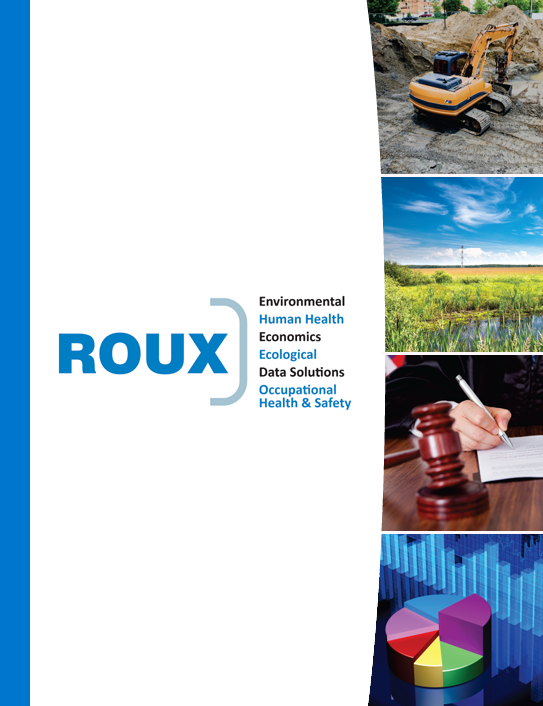The PFAS Action Bill of 2021 Passes House
The PFAS Action Act of 2021 passed in the House of Representatives last week by a count of 241-183. If passed in the Senate, the PFAS Action Act will be one of the most comprehensive pieces of legislation dealing with PFAS to date.
PFAS, or per- and polyfluorinated substances, are a class of chemicals found within a wide range of commercial, industrial, and consumer products. They are colloquially referred to as “forever chemicals” due to the extended length of time they persist in both the human body and the environment. As a result of both this persistence and their prevalent use, low levels of PFAS are found in people, animals, and the environment throughout the world. Recent scientific studies have found exposure to certain PFAS may be carcinogenic, and have been linked to reproductive, developmental, liver, and kidney problems.
Many of the mandates within the PFAS Action Act call upon the United States Environmental Protection Agency (USEPA) to take action regarding two specific classes of PFAS—perfluorooctanoic acid (PFOA) and perfluorooctanesulfonic acid (PFOS). PFOA and PFOS are, according to a USEPA health advisory, two of “the most extensively produced and studied” PFAS chemicals. It’s worth noting that many manufacturers have voluntarily phased out producing PFOS or PFOA in the US and switched to other types of PFAS.
Under the PFAS Action Act, the USEPA would:
- Designate PFOA and PFOS as hazardous under Comprehensive Environmental Response, Compensation, and Liability Act (CERCLA) with one year and determine if other PFAS should be designated hazardous within 5 years.
- Designate PFOA and PFOS as hazardous air pollutants under the Clean Air Act within 6 months and determine if other PFAS should be designated hazardous within 5 years.
- Establish national drinking water standards for PFOA and PFOS under Safe Drinking Water Act within 2 years.
- Establish effluent regulations under the Water Pollution Control Act.
- Create labeling requirements for PFAS-containing products.
The Action Act also contains certain exemptions to the above regarding PFAS-containing aqueous film forming foam (AFFF), used by both the military and in commercial airports in firefighting foam.
“If the EPA simply designated PFOA and PFOS as hazardous substances—which the agency’s administrator can do with a stroke of pen—the federal government would be subject to massive liabilities associated with PFAS contamination,” the analysis points out. Instead, the PFAS Action Act allows for the use of AFFF by owners and operators of airports, pursuant to federal regulations and requirements.
Conversely, no such exemption is included for water of wastewater utilities that process and dispose of PFAS-containing water. Unlike airport owners and operators, municipal drinking water and wastewater companies could be facing the flood of litigation the former have been protected from, leaving utilities and their ratepayers responsible for cleanup costs.
Before any such action is required, the PFAS Action Act must pass in the Senate. It’s unclear if the PFAS Action Act of 2021 will have more luck than the PFAS Action Act of 2019, which passed the House and then stalled in the then Republican-majority Senate. Currently, most Senate Republicans remain unlikely to support the Act, and Senate Democrats hold only a thin majority.
Link to bill: 117th Congress (2021-2022): PFAS Action Act of 2021.
